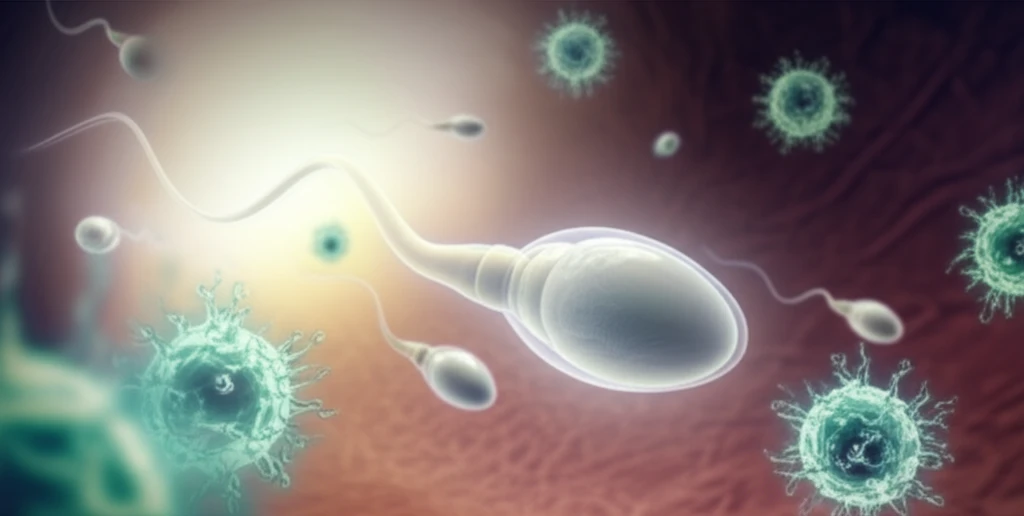
Leukemia and Male Infertility: Unraveling the Connection and Future Hopes
"Discover the surprising link between leukemia and male infertility, exploring past research, current understandings, and future strategies for fertility preservation."
Leukemia, a cancer of the blood and bone marrow, presents numerous challenges for those diagnosed. While survival rates have significantly improved, thanks to advancements in treatment, the long-term effects on overall health and well-being remain a crucial consideration. Among these concerns is the potential impact on fertility, particularly in men.
Spermatogenesis, the intricate process of sperm production, is vulnerable to disruption by various factors, including illness and medical interventions. Leukemia and its treatments, such as chemotherapy and radiation, can significantly affect the delicate hormonal balance and cellular environment necessary for healthy sperm development.
This article aims to shed light on the connection between leukemia and male infertility. We will explore the existing research, discuss the potential mechanisms involved, and highlight the latest strategies for fertility preservation, offering hope and guidance to individuals navigating this challenging landscape.
How Leukemia Impacts Sperm Quality: Understanding the Mechanisms

Leukemia's impact on male fertility is multifaceted, stemming from both the disease itself and the treatments employed to combat it. Several mechanisms contribute to the decline in sperm quality observed in leukemia patients:
- Direct Damage to Testicular Cells: Chemotherapy and radiation, while effective in killing cancer cells, can also damage the germ cells responsible for sperm production. This damage can lead to a decrease in sperm count, motility, and morphology.
- Inflammation and Immune Response: Leukemia triggers a systemic inflammatory response, with the release of cytokines and other immune factors. These factors can disrupt the testicular microenvironment, interfering with spermatogenesis.
- Infiltration of Leukemic Cells: In some cases, leukemic cells can infiltrate the testes, directly impacting the structure and function of the testicular tissue. This infiltration can further disrupt spermatogenesis and contribute to infertility.
- Oxidative Stress: Cancer treatments, including chemotherapy, can induce oxidative stress, which damages cells and DNA. High levels of oxidative stress in the testes can impair sperm production and function.
Hope for the Future: Preserving Fertility in Leukemia Patients
While leukemia and its treatments can pose significant challenges to male fertility, advancements in reproductive medicine offer hope for preserving the possibility of fatherhood. Sperm cryopreservation, the process of freezing and storing sperm samples before cancer treatment, remains the most established and effective strategy. Testicular tissue cryopreservation is showing significant advancement as well.
